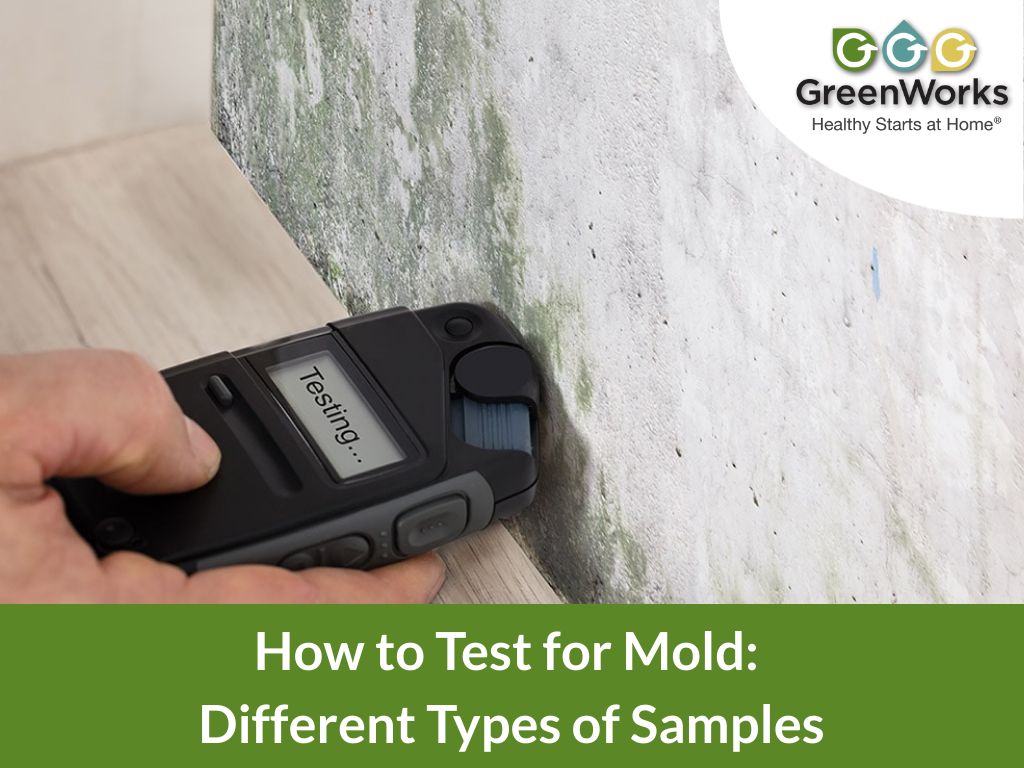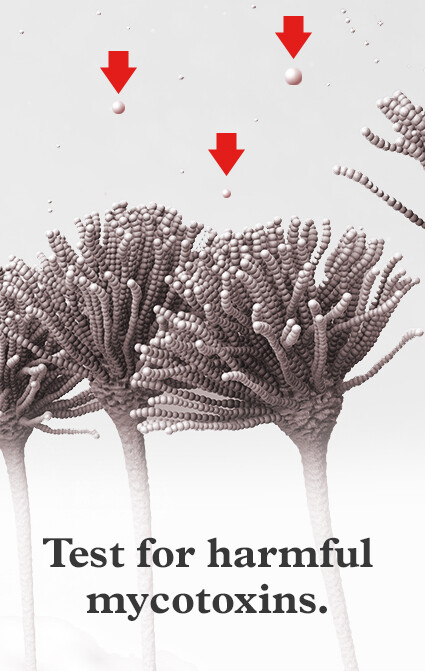Exactly How Mycotoxin Screening Aids Protect Against Contamination and Safeguard Food Supplies

Mycotoxin screening is a crucial practice in the food industry, serving as a frontline defense against contamination by harmful toxins created by molds. Via the application of innovative techniques like High-Performance Fluid Chromatography (HPLC) and Fluid Chromatography-Mass Spectrometry (LC-MS), food producers can accurately detect and quantify mycotoxin degrees in farming products.
Recognizing Mycotoxins
Understanding mycotoxins starts with acknowledging that they are harmful additional metabolites produced by certain molds, which can infect agricultural items. These metabolites are not necessary for the development or reproduction of the fungis yet can have serious ramifications for animal and human health. Mycotoxins are typically located in staple crops such as corn, wheat, barley, and nuts, where they can multiply under particular conditions of wetness and temperature level.
There are a number of sorts of mycotoxins, each generated by different fungal types. Aflatoxins, produced by Aspergillus types, are among the most notorious, known for their carcinogenic properties. One more substantial group consists of ochratoxins, produced by Aspergillus and Penicillium types, which have nephrotoxic effects. Fusarium types create fumonisins and trichothecenes, both of which are linked with numerous acute and persistent health and wellness concerns.

Threats of Mycotoxin Contamination
The risks of mycotoxin contamination are complex, posing significant dangers to both food safety and public health. Mycotoxins, hazardous substances created by certain sorts of fungis, can contaminate a large range of farming items including grains, nuts, flavors, dried fruits, and coffee. As soon as these toxic substances infiltrate the food supply, they can bring about significant wellness problems such as liver damages, kidney failure, and also cancer. Vulnerable populaces, including kids, the elderly, and immunocompromised people, are especially at threat.
Economic impacts are another major problem. Contaminated plants can lead to substantial financial losses for farmers and food manufacturers as a result of lowered yields and the requirement for pricey decontamination procedures. Worldwide profession can be significantly hindered as countries implement rigorous mycotoxin laws to protect their populations, leading to declined shipments and stretched profession relations.
Environmental elements such as climate modification worsen the threat of mycotoxin contamination. Variants in temperature level and moisture can develop favorable conditions for fungal development, boosting the probability of contamination occasions. Hence, understanding and minimizing these threats are crucial for guaranteeing the safety and integrity of global food supplies.
Methods of Mycotoxin Checking
Properly identifying mycotoxin contamination in farming items is crucial for guarding public wellness and keeping food security standards. Various methods are visit our website used to identify and evaluate mycotoxins, each offering certain advantages and limitations.
High-Performance Fluid Chromatography (HPLC) is an extensively utilized method because of its high sensitivity and precision. It entails separating mycotoxins from other materials in a sample, enabling exact metrology. Liquid Chromatography-Mass Spectrometry (LC-MS) incorporates liquid chromatography with mass spectrometry to provide thorough molecular info, making it particularly beneficial for identifying numerous mycotoxins at the same time.

Gas Chromatography-Mass Spectrometry (GC-MS) and Thin-Layer Chromatography (TENDER LOVING CARE) are likewise utilized, each with special applications. GC-MS is efficient for unstable mycotoxins, while TLC offers a simpler, cost-effective choice for initial screening.
Benefits of Regular Examining
Normal screening for mycotoxins in farming items uses various benefits, significantly adding to public wellness and food security. By identifying contamination early, normal screening aids protect against the distribution of harmful foods, therefore lowering the danger of mycotoxin-related diseases amongst customers. This proactive strategy not only safeguards human health but additionally improves the overall quality of food products.
Constant screening likewise supports governing compliance. Various countries and areas have established stringent restrictions for mycotoxin degrees in food and feed. Complying best site with these limits via routine screening makes sure that vendors and producers satisfy lawful requirements, therefore avoiding fines and trade barriers. Keeping compliance promotes customer trust and brand track record, which are crucial for market success.
In addition, normal mycotoxin screening can lead to significant economic benefits. Early detection of contamination enables prompt treatment, lowering possible losses from widespread contamination. Executing regular testing protocols can also reduce recall costs and associated obligations, which can be economically ravaging.
Additionally, routine testing offers important data that can notify much better farming techniques and storage space conditions. By comprehending patterns of contamination, producers can adopt preventive measures, thereby adding and decreasing future dangers to the sustainability of the food supply chain.
Applying Examining Methods
Carrying out effective mycotoxin screening protocols is crucial for making sure the safety and security and quality of farming products. Each stage must be looked at to pinpoint where mycotoxin contamination is most likely to take place.
Once essential control points are recognized, choosing appropriate screening methods is crucial. Common strategies include enzyme-linked immunosorbent assay (ELISA), high-performance liquid chromatography (HPLC), and mass spectrometry (MS) Each approach has its staminas and weak points; hence, choosing the correct one relies on the specific mycotoxin being checked, the called for sensitivity, and offered sources.

Last but not least, integrating the screening procedures right into a detailed food safety monitoring system is recommended. This boosts traceability and allows speedy rehabilitative activities when contamination is detected, thereby securing the integrity of the food supply chain.
Verdict
Mycotoxin screening is vital in protecting against contamination and safeguarding food supplies by enabling early detection of damaging contaminants generated by mold and mildews in farming items. Normal screening boosts brand name online reputation, economic security, and trust fund in food safety and security by minimizing contamination-related losses and preserving high requirements in food manufacturing.
Mycotoxin screening is an essential method in the food industry, serving as a frontline defense versus contamination by unsafe contaminants generated by mold and mildews. An integrated method entailing farming methods, storage management, and regular screening can alleviate the dangers connected with mycotoxin contamination, guaranteeing food safety and public wellness.
The dangers of mycotoxin contamination are diverse, posing substantial threats to both food safety and security and public wellness.Routine testing for mycotoxins in farming items provides numerous advantages, substantially contributing to public wellness and food security.Mycotoxin testing is essential in protecting against contamination and securing food supplies by my company enabling very early detection of unsafe toxic substances produced by mold and mildews in agricultural items.